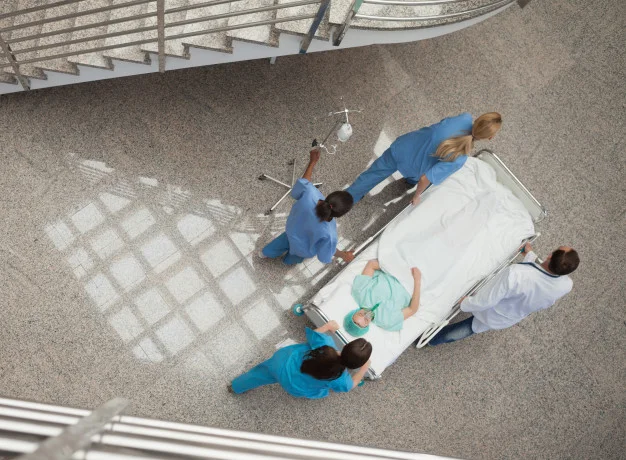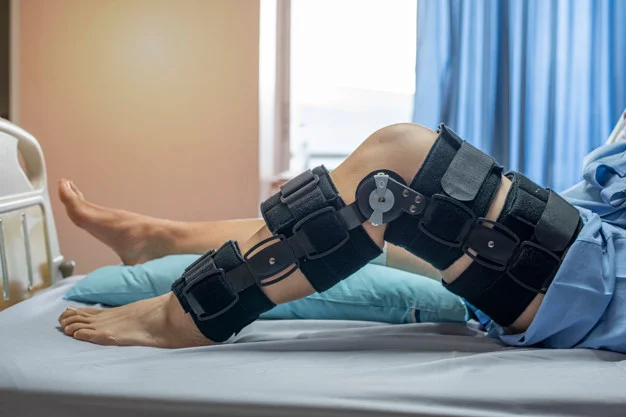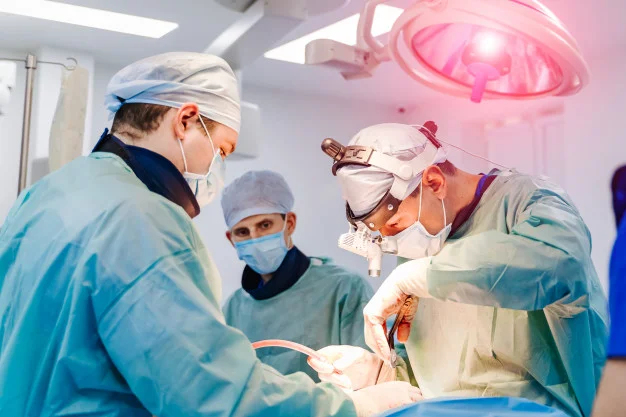Orthopedics Surgery
Introduction
Accidental Hospital in Nashik
At the present time with the increasing speed of life accidents and injuries are increasing in everyday life. Road accident is now a no.1 killer in young patients. In accident victims, the first hour after an accident is very critical. Therefore it is important in accident patients that the time gap between the accident and treatment should be minimum. This can greatly help in saving precious lives.
Six Sigma-Accidental Hospital in Nashik
Six Sigma Hospital is the best Accidental Hospital in Nashik having a well equipped and hi-tech trauma management system.
At Six Sigma Hospital, we have a dedicated Trauma Care Unit where the patient is immediately evaluated and gets the correct treatment.

Why choose us?
Our Orthopaedic department specializes in arthroscopy, dealing with trauma recovery, spinal injuries and complicated joint replacement. We do this to make sure that you receive maximum bone and joint health under our care. With an efficient team of leading orthopaedic doctors, we offer dedicated treatments in all minor and major osteoarthritic issues. One of our leading treatment modules includes platelet-rich plasma transfusion for patients with osteoarthritis. Our treatments cover minimally invasive surgeries for trauma recovery or even bone restructuring. Most importantly our team of anesthesiologists, rheumatologists, and rehabilitation experts make sure your easy and fast recovery.
Our dedicated trauma surgeons & physicians are highly skilled in treating high-end injuries and providing tertiary care. Our experts use the latest techniques and technology to improve care for people with musculoskeletal problems. It helps in early diagnosis, surgery and providing critical supportive care & thus makes Six Sigma Hospital-The best Accidental Hospital in Nashik.
Most -common orthopedic surgical procedures
- Arthroscopy employed to treat problems occurring inside the joint using an arthroscope.
- Soft tissue repair, for torn ligaments and tendons.
- Joint replacement, in which a damaged joint is replaced with a prosthesis.
- Revision joint surgery, in which a preexistent implant is changed with a new one.
- Bone fracture repair with internal fixation, performed when broken pieces of bone are repositioned using metal plates, screws or pins.
- Debridement, during which damaged soft tissues or bones are removed.
- Fusion of bones, in which bones are fused with grafts.
- Spine fusion, during which the spinal bones (vertebrae) are joined together.
- Osteotomy, aimed at correcting bone deformities.
General orthopedic surgeries
- Knee arthroscopy and meniscectomy
- shoulder arthroscopy and decompression
- carpal tunnel release
- knee arthroscopy and chondroplasty
- removal of support implant
- knee arthroscopy and anterior cruciate ligament reconstruction
- knee replacement
- repair of a femoral neck fracture
- repair of the trochanteric fracture
- hip replacement orthopaedic surgery
Common procedures / Interventions
- Joint Arthroscopy – In this procedure, an orthopaedic surgeon inserts a thin telescope with a light (arthroscope) into joints via a small incision to investigate joint problems. This is most commonly the knee but we can also investigate other joints using this method. An orthopaedic surgeon generally uses the arthroscope to look for signs of arthritis and show possible damage to cartilage or ligaments. He may also perform minimally invasive surgery to repair damaged tissue by removing floating cartilage, torn ligaments or tissue around the joint that has become inflamed.
- Bone Fracture Repair – In general this is a surgery to repair a broken bone. It uses metal screws, pins, rods or plates to hold the bone in place. An orthopaedic surgeon uses many different techniques depending on the location, severity, and type of fracture to ensure that the bones are stable, heal correctly and maintain function. He may use bone graft where the bone has been shattered.
- Arthroplasty –It means the replacement of whole joints following damage due to osteoarthritis or rheumatoid arthritis. In fact, Knee and hip replacements are the most common operations. In this case, the orthopaedic surgeon may use newer techniques such as partial knee resurfacing for patients in the early stages of osteoarthritis.
- General Repairs on Damaged Muscles or Tendons – These could be acute injuries due to trauma similarly chronic injury due to progressive deterioration of the tissue.
- Corrective Surgery – For example, patella (knee-cap) realignment. These procedures correct problems of anatomical alignment which limit function and could cause long-term problems if left untreated. The surgeon carries out this surgery on babies and children for congenital deformities.



